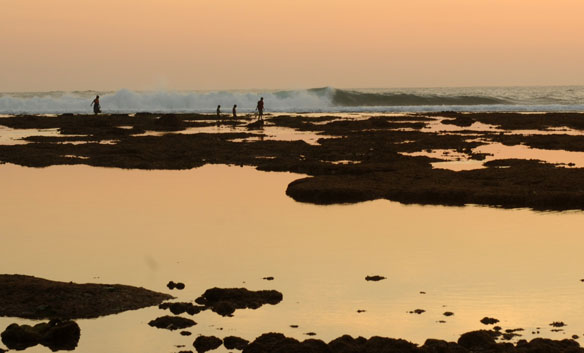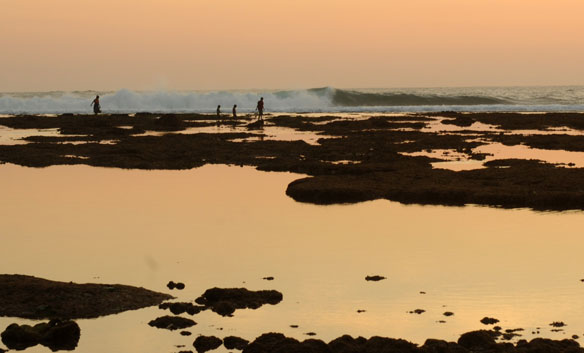
Indonesia. Photograph: © SAF — Coastal Care
Excerpts;
The tsunami that struck Indonesia in 2004 obliterated vast areas of Aceh province. But villagers there are using an innovative microcredit scheme to restore mangrove forests and other coastal ecosystems that will serve as a natural barrier against future killer waves and storms…
Destruction of Mangroves Costs up to US$42 billion in Economic Damages Annually – UNEP Report (10-14-2014)
The world is losing its mangroves at a faster rate than global deforestation, the United Nations revealed, in a new report “Importance of Mangroves: A Call to Action,” adding that the destruction of the coastal habitats was costing billions in economic damages and impacting millions of lives…
Greenbelt Reports / TVE Asia Pacific
The Greenbelt Reports (GBR) is a multi-media, Asian regional educational project to document the conservation challenges involving mangroves, coral reefs and sand reefs, collectively called ‘greenbelts’ in recognition of their natural protective role against wave action and anticipated climate change impact.
How a Small Tribe Turned Tragedy into Opportunity, IPS News (11-13-2014)
While heads of states and development experts fly around the world to discuss the post-2015 sustainable development agenda, a forgotten tribe nestled in Pichavaram mangrove forest, is already practicing a new way of life – and they are pointing the way forward to a sustainable future. Indeed, it was the Pichavaram Mangrove Forest, located close to the town of Chidambaram in Tamil Nadu, that spared the community massive loss of life during the 2004 Indian Ocean tsunami, protecting some 4,500 Irulas, or 900 families, from the full impact of the waves…









